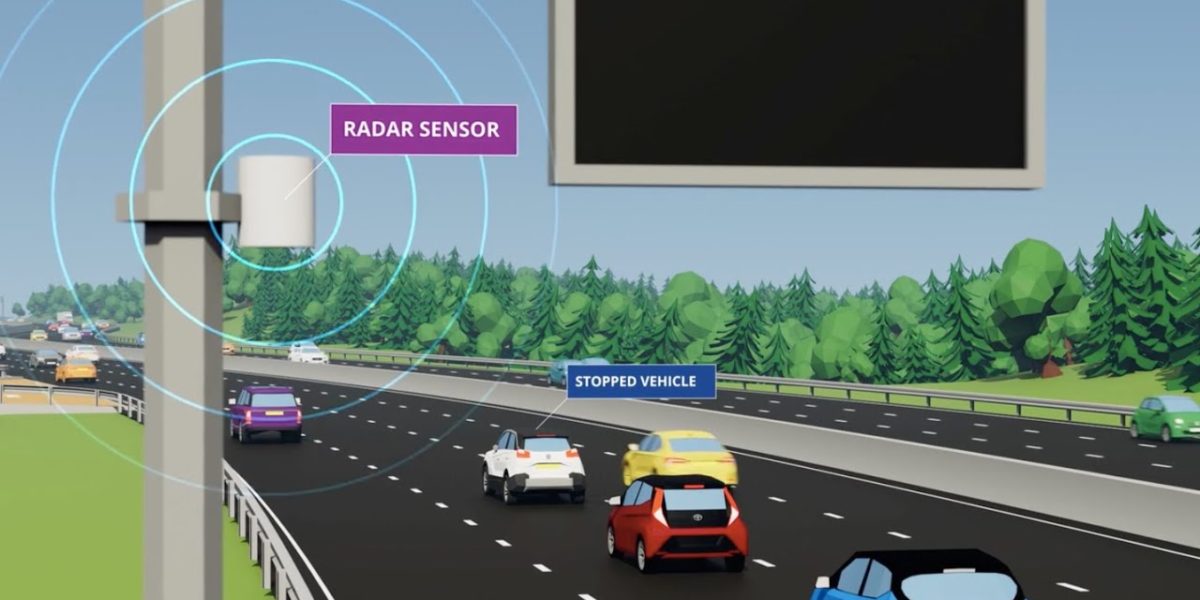Learning the lessons of smart motorways
National network motorway upgrades progressing
Upgrade of smart motorways continues, but is it enough to make motorists feel safer?
National Highways has published its annual update on the smart motorways upgrades.
Work in progress
The report describes the year to date as “good progress” on the ‘ongoing’ work ‘.
Upgrades began following a series of high profile reports from media organisations. In turn thy were responding to concerns by coroners, road safety organisations, the public and even the Parliamentary Transport Committee.
In turn, the transport Secretary Grant Shapps reiterated the concerns in March 2020. He then set out an action plan to ensure smart motorways ‘are as safe as possible’. The biggest issue is stranded vehicles when there is no hard shoulder. Investigation found serious issues with a lack of work traffic cameras, radar technology and even public awareness of the rules for driving on smart motorways.
Ongoing concerns
On 12 May, National Highways published its second year progress report. This outlines work to increase the number safety cameras and complete the roll-out of radar-based technology. The technology spots stopped or broken-down vehicles, allowing for automated warning signs and lane closures.
Progress has been welcomed, but both the RAC and IAM RoadSmart are questioning whether it is enough to convince drivers about the safety of smart motorways.
Nicholas Lyes, RAC head of roads policy, says the upgrades represent “good progress”. However, he questions whether it’s enough “to reassure drivers, many of whom firmly believe that removing the hard shoulder compromises safety”.
National Highways and the government are keen on promoting the statistical safety success of smart motorways. “While the Government is keen to point out that all-lane-running smart motorways tend to have a better overall safety record than conventional motorways, the safety comparisons with other types of smart motorways are less impressive.”
Neil Greig, director of policy and research at IAM RoadSmart, says statistics are pone thing, but it is not what drivers feel about the issue.
“Far too many drivers don’t feel safe on them,” Greig states.
“It is vital that National Highways build on this report to keep the public informed and continue to raise awareness of how to drive safely on smart motorways, so drivers feel confident to use these major national routes rather than avoiding them and travel on riskier A-roads.”
Where are we?
The report states the works are on course to upgrade almost 100 safety cameras. These enable automatic detection of vehicles that ignore red X lane closure signals and will be completed by the end of September. This will increase the compliance.
National Highways also confirms there will be additional signage. These help drivers find refuge areas in the event of a mechanical problem or emergency. More than 330 extra signs have been installed so far.
In addition, there is a roll-out of radar-based technology. Covering over 200 miles of All Lane Running (ALR) motorway, this will be completed by the end of September 2022. The tech automatically detects stranded vehicles.
Nick Harris, National Highways’ chief executive, says the “report shows that we are making good progress delivering on these ambitious recommendations”. He adds that following the public concerns, it’s important “we are not complacent”.
“The latest data shows that, overall, in terms of serious or fatal casualties, smart motorways are our safest roads. We are continuing our work to make them our safest roads in every way. We will continue to build on the work already undertaken and continue to put safety first to help ensure drivers have confidence in the motorway network.”






